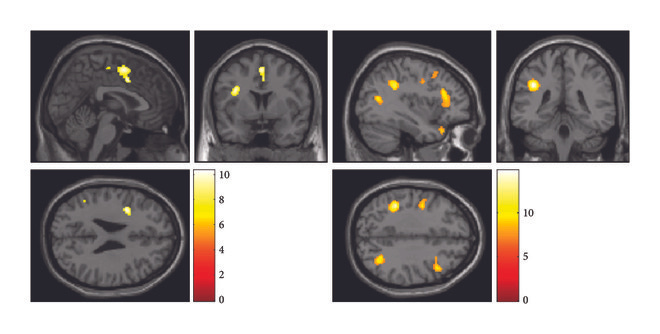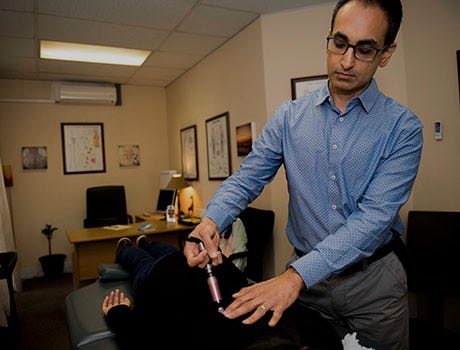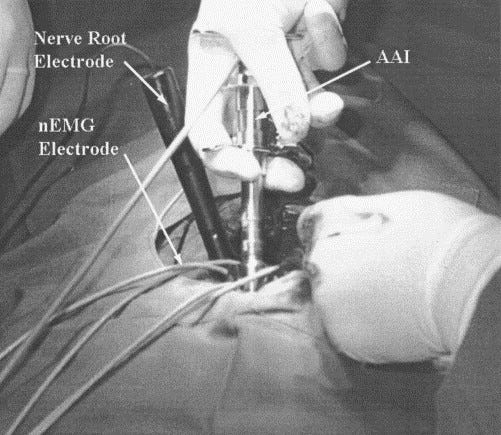What Does An Activator Adjustment Do?
Chiropractic care is perceived by most people, including most chiropractors and doctors, to be a treatment for the spine. For this reason, people generally only decide to seek chiropractic care when they begin to feel symptoms in the neck or back. However, it’s important to remember that chiropractic care was founded on the effect that adjusting the spine has on the nervous system. I’ve personally seen this effect countless times on many of our clients over the years, with some effects even surprising me at times.
Fortunately, we can also achieve these whole-body effects in a gentle and precise manner with the use of the Activator Adjusting Instrument. One of the most common questions I’m asked is “What does the Activator do exactly?” In essence, the Activator is meant to activate the sensory nerve receptors within the more than 300 joints, muscles, and tendons of the spinal column. While this method of adjusting has been used effectively for over 55 years, this neurological effect was quantified and demonstrated by two more recent studies.
In a 2000 study, the neurological effect of an Activator adjustment was measured directly on the spinal nerve root, while a patient was having a back operation (see image below). This effect was again demonstrated in a follow-up study in 2003 on four more patients, also during a back operation. The researchers concluded that the motion produced by the adjustments “may play a prominent role in eliciting physiologic responses.”
In an excellent 2020 study from Japan, using a PET scan of the brain, they showed the immediate effect of an Activator adjustment even on the brain (see image below). The study authors concluded the following:
“In summary, we observed metabolic changes in the brain and skeletal muscles, as well as reductions in subjective pain, muscle tension, and salivary amylase, after SMT [spinal manipulative therapy] intervention. These results may be associated with reduced sympathetic nerve activity, suggesting that SMT induces a kind of relaxation similar to that achieved by biofeedback. The brain response to SMT may reflect the psychophysiological relaxation that accompanies reduced sympathetic nerve activity.”

The Nobel Prize-winning neuroscientist, Dr Roger Sperry, stated that “90% of the stimulation and nutrition to the brain is generated by the movement of the spine.” This is clearly demonstrated with this study and shows the importance of specific and focused adjustments, as the brain can be overwhelmed with excessive stimulation. Many chiropractors unfortunately use the Activator repeatedly, with what I call a “machine gun” approach. While this may make their clients feel as if they are getting more for their money, I’ve seen most people achieve better and more lasting results when we make fewer adjustment. Many health providers are also using imitation devices that have never been tested for this purpose. Making the right adjustment at the right time is essential when working with your highly complex and remarkable neurological system, allowing your body’s own doctor and pharmacy to create miracles.
by Dr SJ NANA, DrNana.co.za

References:
Neurophysiologic response to intraoperative lumbosacral spinal manipulation
Neural Response During a Mechanically Assisted Spinal Manipulation in an Animal Model: A Pilot Study
Please see my previous articles related to this topic:




